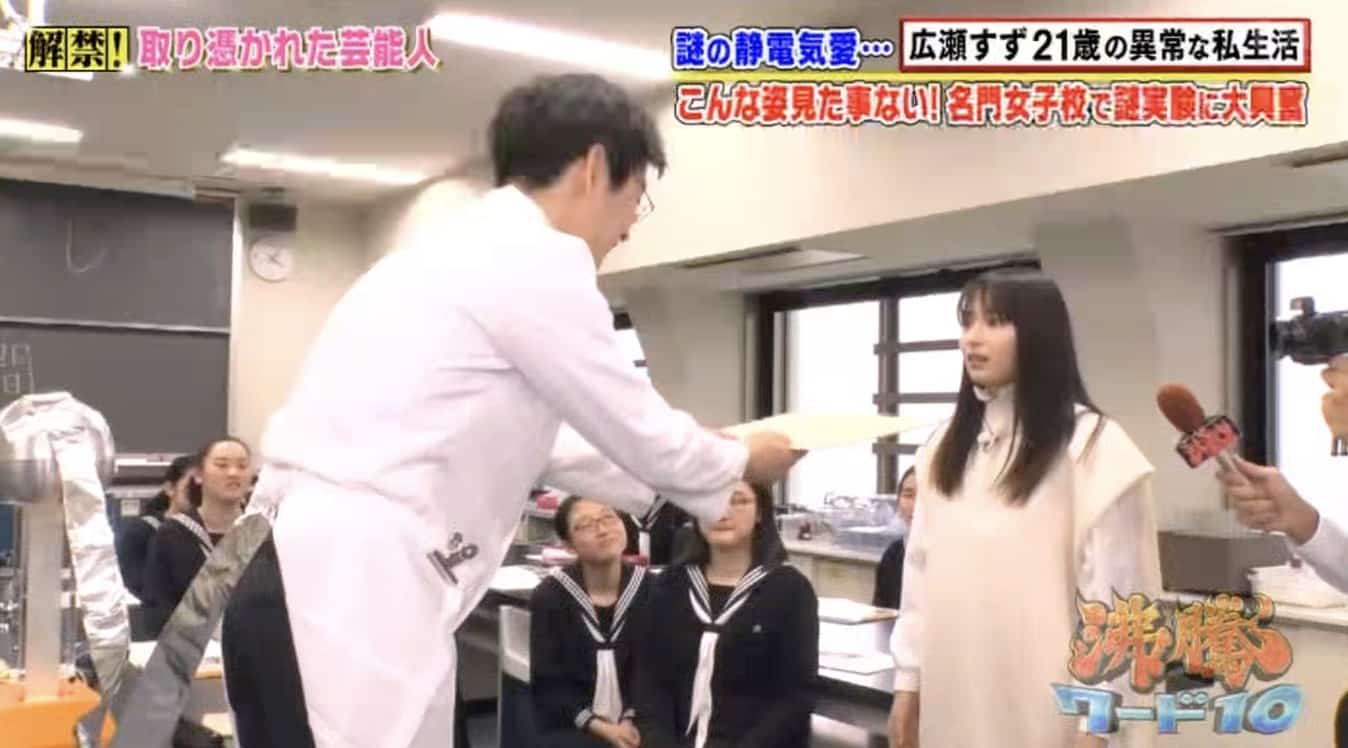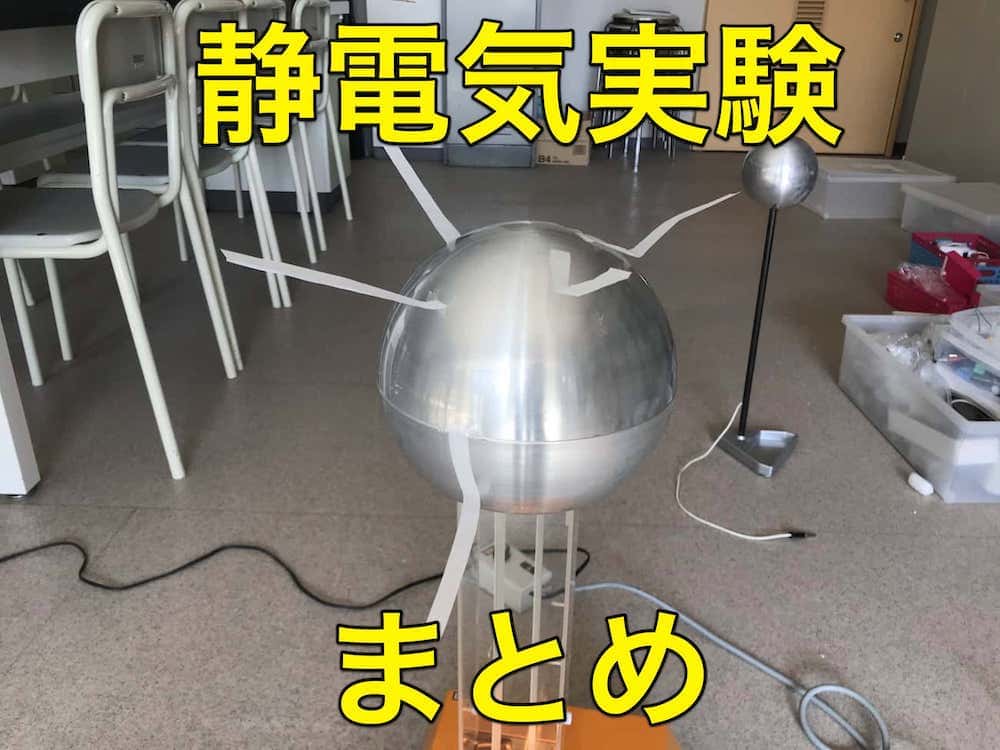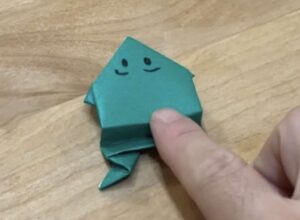Dancing Cans!? The Shocking Magic of Electrostatic Induction — Fun Experiments with a Van de Graaff Generator!
I’m Ken Kuwako, your Science Trainer. Every day is an experiment.
The Van de Graaff Static Electricity Experiment: How Does an Empty Can Move?
That sharp, painful zap! of static electricity is a common experience, especially on doorknobs in winter. But have you heard of a device called a “Van de Graaff generator”? It can intentionally produce a massive amount of static charge. It’s famous for dramatic experiments—making hair stand on end or shooting sparks from fingertips—but today, let’s explore the mysterious power of static electricity using something much more familiar: an empty can. Watch as the can starts moving as if by magic!
Will the Empty Can Dance? Witness the Mystery Movement!
The experiment is very simple. First, place a flat, non-conductive board near the metal sphere of the Van de Graaff generator (where the charge accumulates). Then, lay an aluminum can on its side on the board. Ready? Flip the switch on the generator! …What do you think will happen to the can? Believe it or not, the can starts moving all by itself! Watch the video to see this strange, unpredictable movement for yourself!
Why Does It Move? The Key is ‘Electrostatic Induction’
In the video, the can is drawn toward the generator, and the instant it touches, it’s powerfully repelled, moving away—it looked like a living thing, rolling back and forth! The secret behind this mysterious movement lies in a phenomenon called Electrostatic Induction.
Let’s break it down.
Suppose the Van de Graaff generator accumulates a large negative (-) charge.
When an aluminum can (which is electrically neutral) is placed nearby, the positive (+) charges inside the metal are pulled toward the generator, and the negative (-) charges are pushed to the opposite side. This is Electrostatic Induction. At this point, the attractive force (Coulomb force) between the positive (+) charge gathered on the near side of the can and the generator’s negative (-) charge pulls the can toward the generator, causing it to roll.
Then, the moment the can makes that click and touches the generator, a massive negative (-) charge flows from the generator into the can. Now, the entire can has the same negative (-) charge as the generator.
What happens next? That’s right—like charges repel! As a result, the can is powerfully shoved away from the generator, rolling quickly in the opposite direction.
It is this entire sequence—attraction, contact, and repulsion—that repeats to create that fun, back-and-forth movement. It’s a fascinating experiment that makes the invisible forces of electric attraction and repulsion visible!
For a more detailed explanation, please check out this article:
This mechanism of “touching to gain charge and being repelled” is actually used in a fun, old-school device: the Electrostatic Bell. Next time, let’s explore the strange sound produced by the Electrostatic Bell, which uses this very principle. It’s another fascinating phenomenon!
The Static Electricity Generator (Van de Graaff) Can Create Even More Fun Experiments!
Experiments using the Van de Graaff generator don’t stop here. We’ve published many other exciting experiment videos. Some even feature experiments performed on TV shows with celebrities like Suzu Hirose, Ryohei Suzuki, Yasuko, and Osada-san and Matsuo-san from Chocolate Planet! Click here for details.

Safety First: Enjoying the Experiment
※ Please note that experiments using a static electricity generator (Van de Graaff) involve high voltage. They must be performed under the supervision of a specialist. Please DO NOT attempt to imitate these experiments at home.
For requests regarding static electricity experiments (workshops, TV supervision/appearances, etc.), please contact us here.
【Feature】You Won’t Be Able to Stop! Static Electricity Experiments
Inquiries and Requests
Make the wonder and fun of science more accessible! We’ve put together easy-to-understand tips and fun science experiments you can do at home. Feel free to search around!
Our science content has been published as a book. For details, click here.
About the operator, Ken Kuwako: click here.
For various requests (writing, lectures, experimental workshops, TV supervision, appearances, etc.): click here. * Article updates are posted on X!
![]() We post experiment videos on the Science Content Channel!
We post experiment videos on the Science Content Channel!



